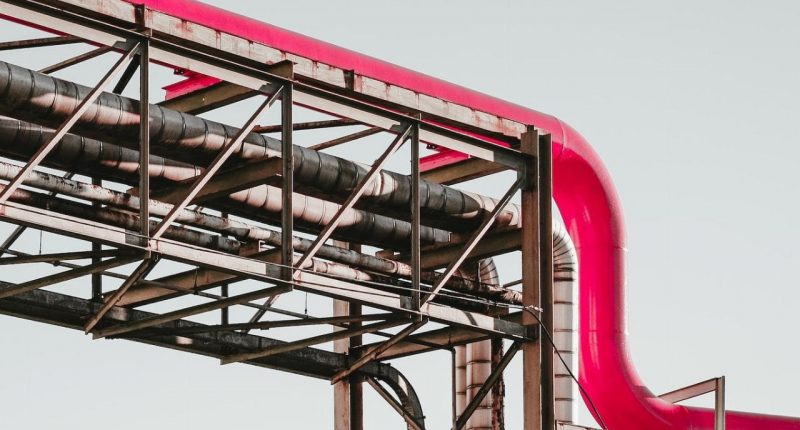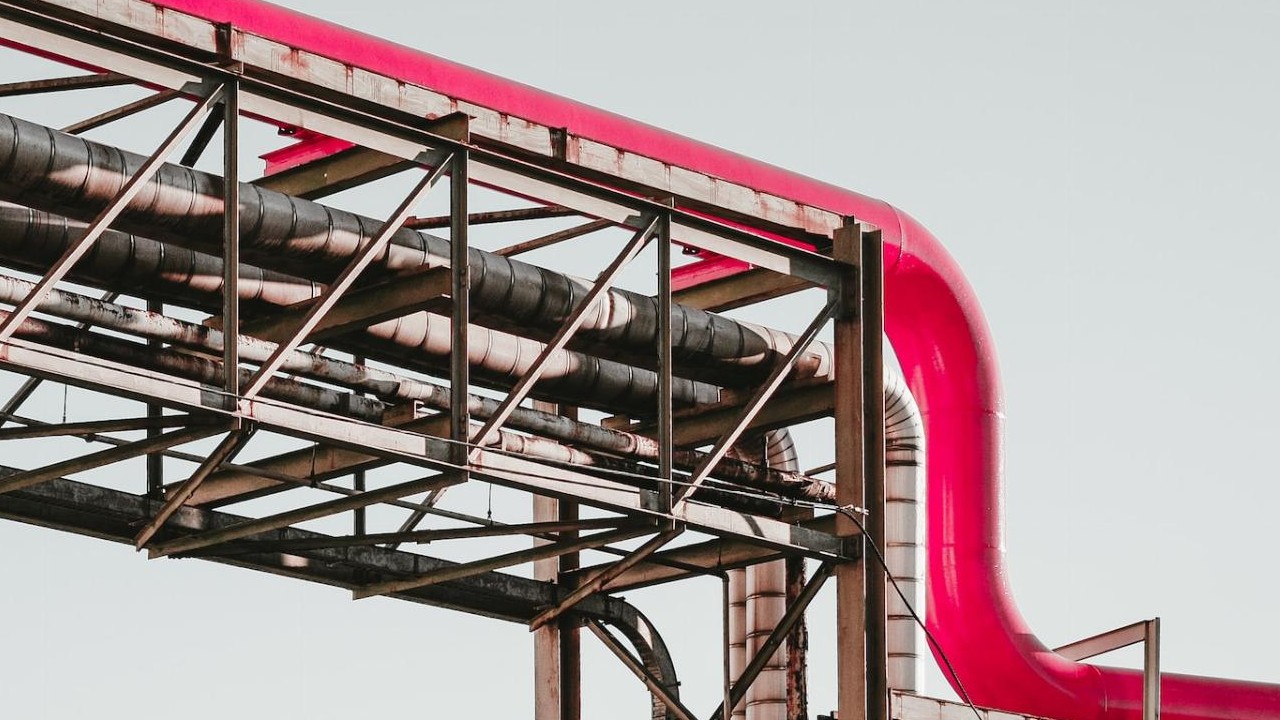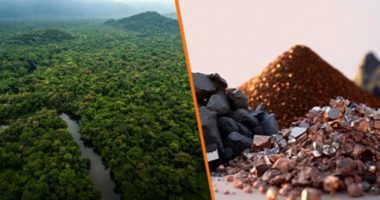American energy supermajor ExxonMobil has surprised some overnight with its decision to become a lithium miner.
NYSE-listed Exxon ended the US session up 1.05 per cent to US$104.84, but the one to watch moving forward will be whether lithium price volatility now impacts Exxon’s share price.
Should it come to the fore, this pattern likely won’t be established in the very immediate future but could become real if traders start to psychologically associate lithium with Exxon.
“We are bringing sustainable lithium production to North America, which is in great demand by our customers,” ExxonMobil Project Head Patrick Howarth said.
“We have the technology that can extract lithium with fewer carbon emissions, we can deliver a transparent supply chain, and we can scale projects that can reliably execute.”
Betting on demand
ExxonMobil is banking on a lithium demand shortage, and given that it won’t start producing lithium until 2027, it’s probable their forecasts are for the 2030s.
For instance, S&P Global Commodity Insights reported back in September they expect a surplus up until 2027.
After this, they expect the physical global supply of lithium to go back into deficit from 2028 onwards.
If this is right – and there’s literally no way to know if it is – this means Exxon would become a lithium producer, right as prices rise, and presumably, many other large projects haven’t started up during the years of cheaper prices.
That’s a lot of presumption, but clearly, ExxonMobil is bullish – and confident.
So where exactly is it mining?
Arkansas brine operation
Targeting underground lithium brines in Arkansas, USA, Exxon intends to launch ‘Mobil Lithium’.
Lithium will be yielded using Direct Lithium Extraction (DLE), a less carbon-intensive method of production.
Exxon pointed to its history of investment in the automotive technology space, highlighting its early research into lubricants and plastics.
Both lubricants and plastic are byproducts of the great petrochemical refining sector, so that makes sense.
But now one of the world’s largest – and oldest – energy supermajors is going to become a lithium producer.
Specifically, it wants to be a briner.
Mixed reputation
This is the same company that is targeted by Greenpeace for its mid-20th-century work lobbying against climate change in politics.
Extinction Rebellion (XR) like to perform outside Exxon facilities, given its name is synonymous with the energy industry wholemeal. Particularly America’s.
Exxon has also been accused of paying a think tank to lobby UK parliament to suggest XR effectively become a criminal organisation.
Exxon isn’t everybody’s favourite company, and especially not those who appoint themselves green defenders.
Forgetting all of this, it makes sense a powerful energy company wants a share of its competitor technology. In that regard, the lithium pivot is obvious.
But what does Exxon know about mining lithium?
What’s brine to a driller?
Well, there’s maybe more crossover than you’d think, and the answer is actually quite boring.
Exxon isn’t chasing after hard rock lithium. It’s chasing after South America-style brines.
To get those brines, you don’t need an open-cut mine or a tunnel boring machine – you need a drill, and you need a well, and you need to be an expert at getting liquids deep underground up to the surface.
This, Exxon knows how to do very well – its entire business case depends on it.
The supermajor also highlighted its size and ability to scale the project, as well as offering a decarbonisation opportunity.
Whether or not Exxon is tapping US R&D tax incentives for this project remains unclear.
A cynic might observe the adoption of a fairly novel Direct Lithium Extraction (DLE) production method would probably help, in that regard.
The Market Herald has done a deep dive into this tech before.
Vulcan Energy Resources (ASX:VUL), an ASX-listed company using an adsorption version of DLE, is seeking to become a briner in Germany’s Upper Rhine Valley.
Of course, Exxon’s guilty conscience might simply be catching up with it.
And it can’t be ignored having an entire low-carbon lithium operation will look pretty good if Exxon gets sued by another state or city in the United States.
Or, perhaps management is worried about Australia introducing Scope 3 emissions reporting requirements.








